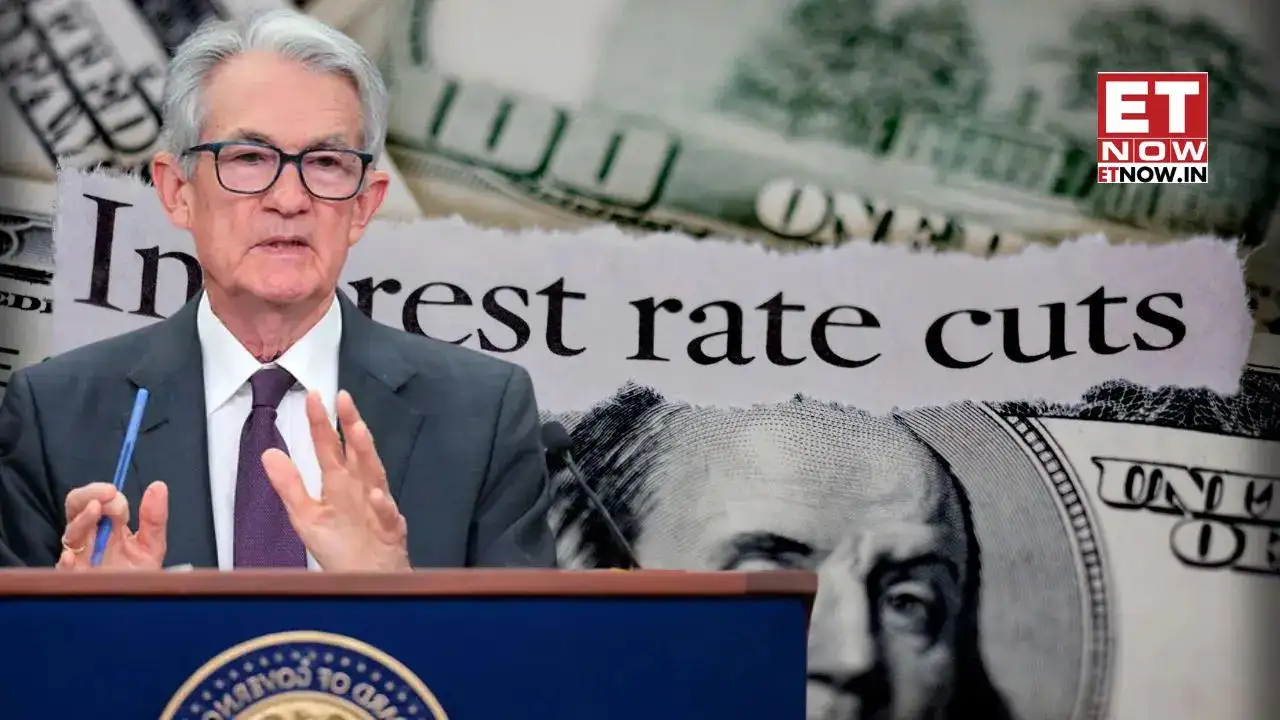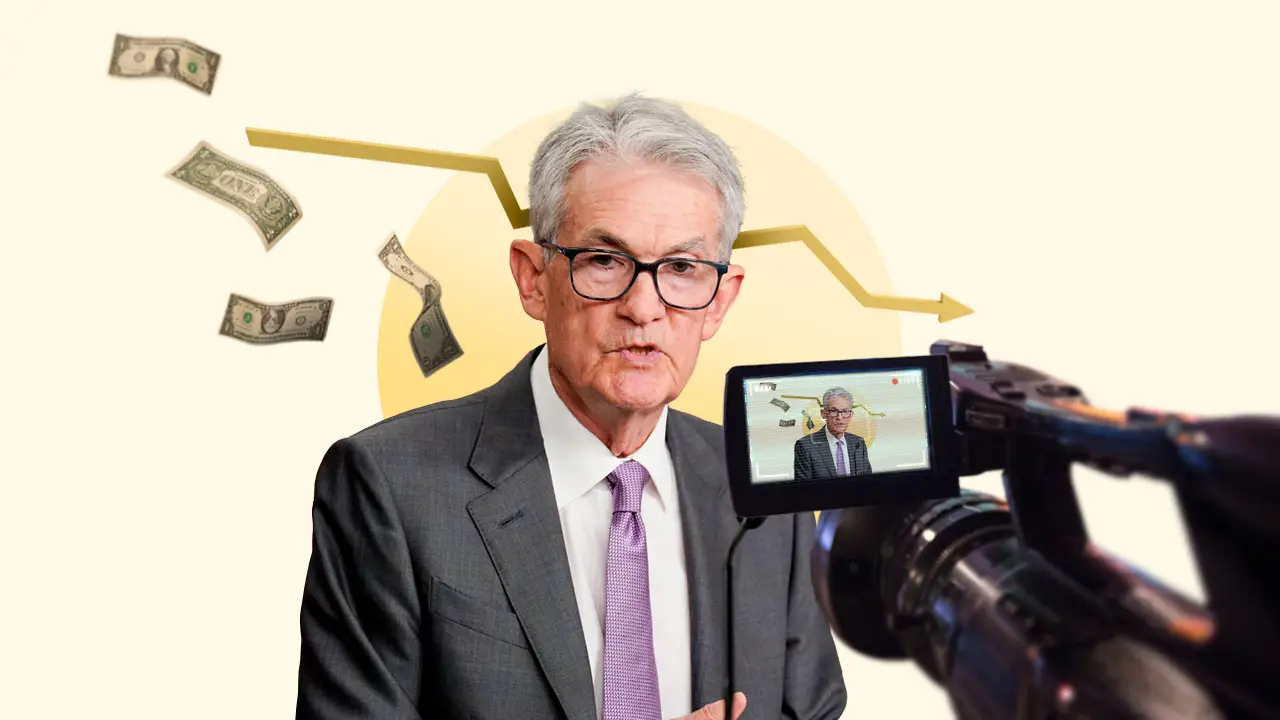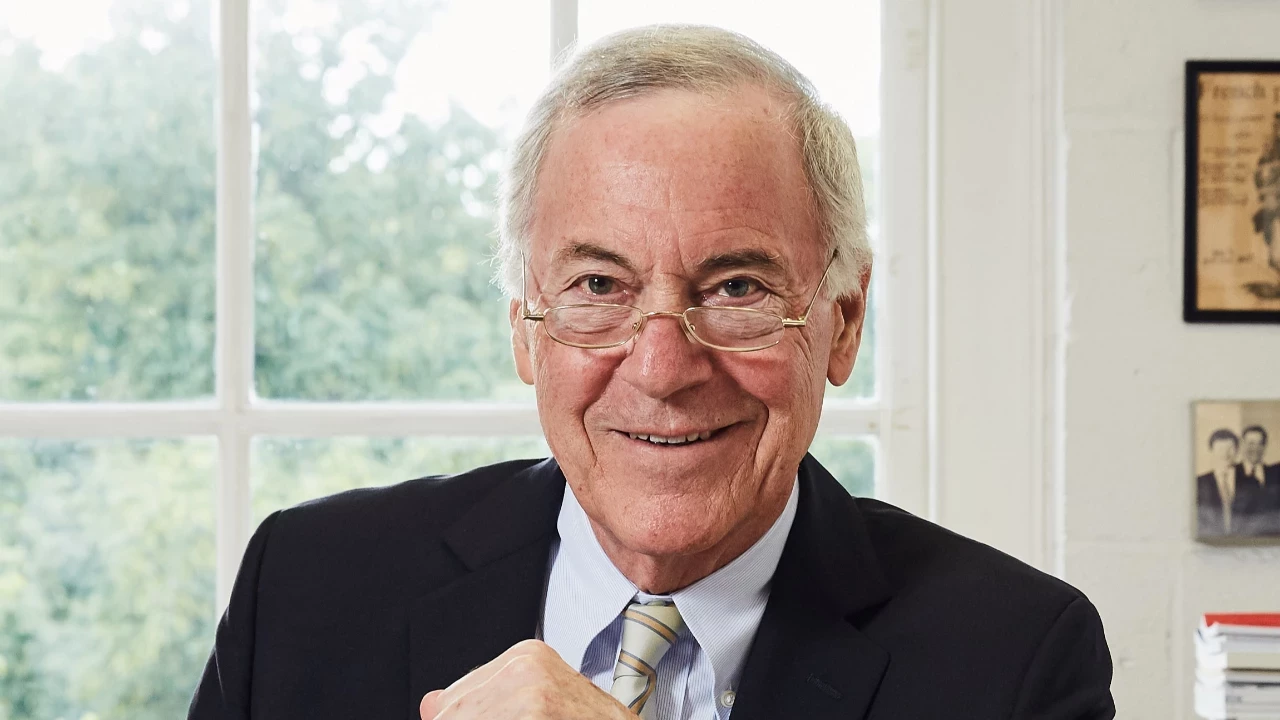Table of Contents

The Federal Reserve meeting in September 2025 came at a crucial time for the U.S. economic system.This blog is covered by financeinfo. Policymakers were faced with a difficult balance act as inflation remained above the Fed’s target of 2% and there were signs that the labor market was slowing. Market participants, economics and political leaders closely watched, speculating on whether and by how much the fed meeting september would reduce interest rates
Economic Background: Inflation and Labor Growth
The U.S. economy sent mixed signals leading up to the September meeting. While inflation was lower than in previous years’ peaks, it remained stubbornly over the Fed’s target of 2%. The core inflation rate, which excludes volatile energy and food prices, was particularly high. This worried policymakers who are aiming for price stability. During this time, there were early signs that the labor market would cool. Initial jobless claims have risen modestly and monthly job gains are moderating.
This suggests that tight employment conditions from previous years may be loosening. The economy grew at a positive rate, but concerns were raised about certain sectors, such as construction and manufacturing, where borrowing costs are already impacting activity. The fed meeting september was faced with a difficult situation as these mixed indicators made it hard to achieve its multiple goals of controlling inflation, maintaining job stability, and ensuring financial security.
Market Expectations before the Meeting
Analysts and investors were in agreement that, heading into the FOMC meeting of September, the fed meeting september would opt to cut interest rates modestly by 25 basis points. The market price reflected these expectations, and many thought the Fed might also be open to more easing in the second half of the year if the economic data continued to weaken. There was also a lot of debate inside the Federal Reserve.
Some policymakers – often called “hawks” – were reluctant to lower rates until the inflation rate showed more clear signs of falling towards the 2% target. Some “dovish” policymakers argued real economic conditions justified some monetary assistance. The fed meeting september had to align its actions with the market’s expectations without compromising credibility in managing inflation.

Fed’s Policy and Decision Language
The Federal Reserve cut the federal fund rate by 25 basis point as expected. In its post-meeting announcement, the fed meeting september stressed that it is still data-dependent and evaluates economic indicators “carefully”. In his press conference, Chairman Jerome Powell reiterated that, while inflation has moderated it is still too high to be comfortable.
Powell acknowledged that the labor market was softening, but maintained the employment levels were still strong historically. Powell did not commit to further rate cuts. Instead, he stated that the future would be determined by evolving data. This cautious tone indicated that the fed meeting september was willing to ease policies to support the economy but is still wary of reinitiating inflation.
Positive outcomes of the rate cut
The Fed’s decision on interest rates could have several benefits. The first benefit is that the Fed’s decision to lower interest rates will provide relief for borrowers. Interest rates will be lower for consumers with variable-rate loan products, like credit cards and adjustable-rate mortgages. This can boost consumer spending and increase income. Reduced borrowing costs also benefit businesses, as it makes it easier to finance expansions or cover operating costs during periods of slower revenue growth.
Second, the rate reduction could prevent an even more rapid slowdown of economic growth. The fed meeting september wants to maintain momentum in housing, investment and durable goods consumption by easing financial conditions. By aligning its actions to market expectations, the Fed was able to avoid a spike in volatility on equity and bond markets, which is a risk that can arise when investors are surprised by policy.
The Fed’s approach to risk and concerns
The Fed’s interest rate reduction is not without its risks. The biggest risk is that the Fed’s rate cut could fuel inflation. Demand could again outpace the supply if the economy reacts too strongly to the monetary ease. This would push prices up. The Fed’s credibility could be damaged if the fed meeting september undermines the progress it has made in reducing inflation. A second concern is that cutting interest rates too soon could limit the room for maneuvering the central bank has in the future.
The fed meeting september will have less options to stimulate the economy if economic conditions worsen in the second half of the year, and rates are low. There is also the issue of timing. Monetary policy has a lag and it may be that the full impact of previous rate increases haven’t yet been felt. It could be premature to cut rates now, as it would put the Fed in a position where they act before previous policies have had time to take hold.
Market and Political Reactions
The markets responded positively to Fed’s announcement, as both bond and stock prices rose. The yields on longer term Treasuries decreased, signaling that investors are confident that inflation is under control and borrowing costs can be managed. Political reaction was mixed. Some legislators praised the Fed’s response to economic realities, and for offering relief to small businesses and working families.
Some lawmakers, notably fiscal conservatives warned that more easing would reignite inflation and encourage excessive risk taking in the financial markets. Former President Donald Trump called for an even larger rate cut after claiming that the fed meeting september was too cautious. This is a sign of just how deeply intertwined monetary policy decisions are with political narratives.

(FAQs)
Q.What is the Federal Funds Rate and why is it important?
It is the rate of interest at which banks lend each other money overnight. The federal funds rate is the interest rate at which banks lend to each other overnight.
Q. What does “25 Basis Points” mean?
One basis point equals 0.01%. If the fed meeting september reduces its benchmark rate by 25 basis points, it means that they have reduced their rate by 0.25 percentage points.
Q. Why does the Fed place so much emphasis on inflation?
The fed meeting september has two main objectives (along with maximum employment). Inflation can be a major factor in the destabilization of an economy and can erode purchasing power.
Q. Has the Fed raised rates to their limit?
It’s unclear.fed meeting september officials stated that while this rate reduction suggests a change in policy, further decisions would depend on the economic data. More tightening may be possible if inflation returns.
Q. How does this affect the average person.
Interest rate changes can affect the cost of borrowing and mortgage payments. They may also impact credit card rates and savings yields.
Conclusion:
The Federal Reserve meeting of September 2025 marked a cautious shift in monetary policies. The Fed cut interest rates by 25 basis point to acknowledge the growing risks for growth, while still focusing on reducing inflation. The Fed’s decision was a compromise that provided modest relief for the economy, without sending out overly aggressive signals about future easing.














